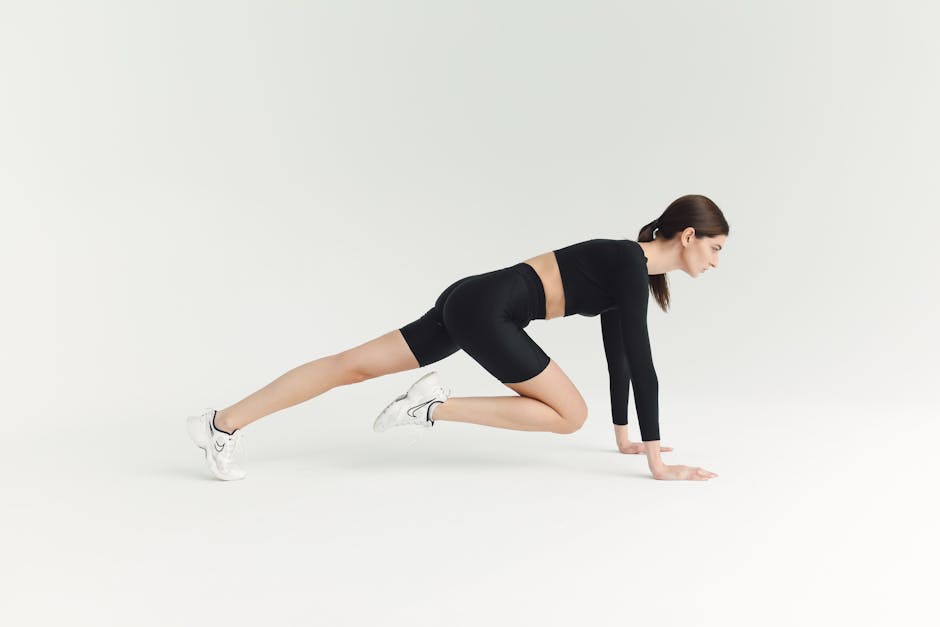Introduction
Vlogging has survived every shake-up the internet has thrown at it. From algorithm shifts to new platforms rising and falling, creators kept filming, editing, and showing up. Why? Because audiences still crave authentic stories—told in a way only real people can deliver. The tools keep evolving, but at its core, vlogging remains about connection.
Heading into 2024, the ground is shifting again. Platforms are tweaking how content gets surfaced, AI is speeding up workflows, and short-form needs to carry more weight than hype. Creators who understand these shifts—and move with them—are the ones who’ll stick around. The days of winging it and going viral by accident are numbered. Now it’s about intent, focus, and being ready to adapt at speed.
Start With Simplicity: Build the Right Foundation
Before you dive into advanced workouts or chase the latest fitness trend, get clear on what you’re actually working toward. Want to build strength? Burn fat? Improve stamina? Pick a primary goal and let it shape your routine. Too many people scatter their focus and get nowhere fast.
Once you know where you’re headed, lock in 3 to 5 staple movements. Think squats, push-ups, deadlifts, rows, or overhead presses. These are time-tested, full-body moves that build real competence. No need for a 20-exercise circuit right now. Master the basics first.
Keep your reps and sets simple. You don’t need to max out reps or chase fatigue. Prioritize form. Sloppy movement leads to setbacks, not progress. Keep things clean, controlled, and solid. Quality beats quantity, every single time.
(Pro tip: Learn proper movement form with this Injury-Free Workout Guide)
Planks
Planks look simple, but they hit hard. This move locks in your core, shoulders, and even your glutes. The key isn’t reps but how long you can hold tension without dipping or sagging. You’re not moving, but your whole body is working to stay solid.
Start with a basic front plank. Elbows under shoulders, back flat, core tight. Can’t hold for long? That’s okay—build up slow. From there, switch things up with side planks for obliques or add leg lifts for an extra burn.
Simple, quiet, brutal. That’s the plank in a nutshell.
Scaling Up When Ready
Once the basic 15-minute routine feels manageable, don’t just keep coasting—level it up. Start by adding one or two reps per movement. Or tack on another round if your energy holds. These small changes build strength and confidence without overloading your system.
Next step: play with tempo. Slow down your squats or hold at the bottom of a push-up for a count of three. Isometric holds like this activate more muscles and demand control. No new equipment needed—just more patience and grit.
For variety and balanced strength, split your workouts across the week. One day can focus on push movements, another on pulls (think rows or planks), and a third on lower-body. It keeps things fresh. It keeps you consistent. And that’s when progress sticks.
Mistakes don’t just slow your gains — they get you hurt. One of the most common is rushing through reps. Fast looks intense, but without good form, you’re setting yourself up for injury and wasted effort. Control matters more than speed.
Skipping warm-up and cool-down is another rookie move. Your body needs to prepare and recover. Five to ten minutes of dynamic stretches before training, and simple mobility work after, make a big difference in performance and injury prevention.
Then there’s consistency. Everyone wants fast results, but progress in fitness is brick by brick. A few solid sessions every week beat one burnout marathon followed by a week of excuses.
If you’re serious about getting stronger or leaner without setbacks, tighten up your technique. This guide breaks it down clearly: Master Proper Form.
Master the Basics Before Chasing Fancy Moves
You don’t need a flashy setup or perfect lighting to be a great vlogger. What you do need is control over the fundamentals. Storytelling, clear audio, pacing, and consistency are your bread and butter. Too many people burn out trying to mimic big creators before getting their reps in. Start simple. Do it often. Improve slowly.
Bodyweight training is the same. Push-ups and squats may not look impressive on camera, but they build the core strength to progress. Same with vlogging. Recording, editing, posting—again and again—gets you stronger. Track what you’re doing. Look at what’s working. Fix one thing at a time.
Most of all, make it part of your rhythm. Vlogging isn’t a sprint to viral fame. It’s a long game of showing up, refining your voice, and staying consistent. That’s where the growth happens.
